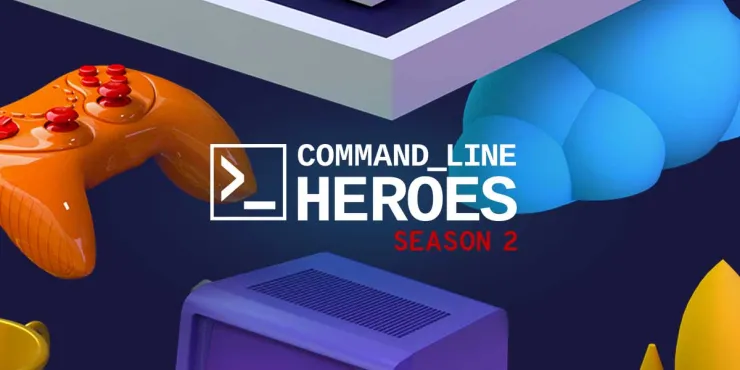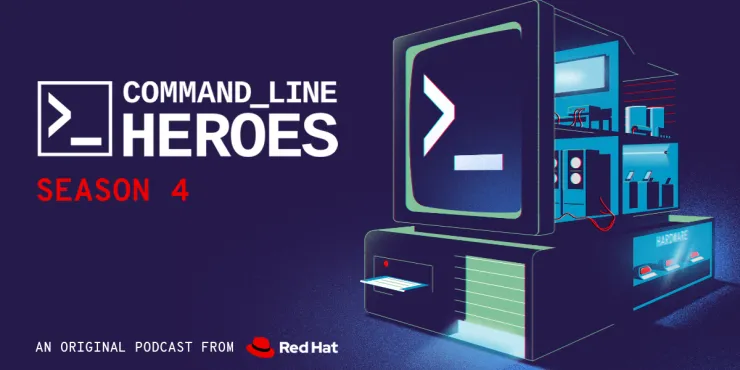
Legacies | Hardy Hardware
Compiler • • Hardy Hardware | Compiler: Legacies
Hardy Hardware | Compiler: Legacies
About the episode
Old hardware needs love and attention. But not too much—you don’t want to upset the status quo. Legacy servers, devices, and machinery are probably part of every company’s can’t-lose infrastructure. And it’s not always possible to replace.
Hardware has a knack for sticking around. Knowing how to keep it running can help avoid catastrophe.
Suscribir
Subscribe here:
Transcripción
Sobre el podcast
Compiler
Do you want to stay on top of tech, but find you’re short on time? Compiler presents perspectives, topics, and insights from the industry—free from jargon and judgment. We want to discover where technology is headed beyond the headlines, and create a place for new IT professionals to learn, grow, and thrive. If you are enjoying the show, let us know, and use #CompilerPodcast to share our episodes.


